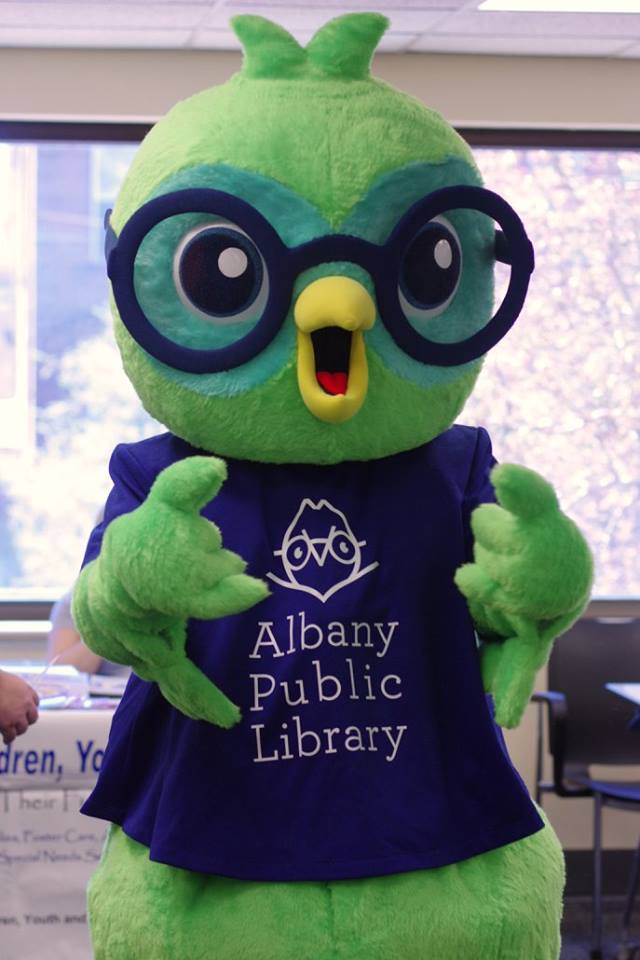A March 2021 article by Linda Poon of Bloomberg highlights how the role of libraries has evolved in major ways during the Covid-19 pandemic. The influence of libraries is extending far beyond their physical buildings, stretching into the greater community. This trend is expected to continue after the pandemic.
For those of us who love libraries and have utilized them during the pandemic, this comes as no surprise. Curbside pick-up; virtual programming in partnership with community organizations; providing vaccination assistance; and providing WiFi and hotspots, are some of the ways that the Albany Public Library’s contributions have reached far beyond its brick-and-mortar buildings during the pandemic.
“Libraries are going to recognize that their role is not just within the walls of their buildings, but it is across the landscape of their community and in people’s homes”
Lisa Guernsey, New america Foundation
The article pinpoints how libraries have been crucial in bridging the broadband divide, providing much-needed internet access to patrons. The article notes that in January 2021, the American Library Association voted to define broadband access as a human right.
The article highlights some of the ways that libraries have made broadband available in the community during the pandemic, which echoes what the Albany Public Library has been doing with its #KeepAlbany Connected campaign.
The article notes that libraries “gave people access to WiFi from their parking lots, turned vans into mobile hotspots and gave out portable devices for home use.”
Libraries’ and librarians’ role has always been to serve the community, especially the most vulnerable, and that role has grown during Covid-19.
The article cites research from the “Public Libraries and Pandemic” report by the non-profit New America, which details the many ways that people have depended upon libraries during the pandemic. It discusses how Black, Hispanic, and Asian users surveyed “expressed more trouble accessing online resources.” These groups also depend on libraries as their main source of internet, at a higher rate than white users.
Moving forward, the research calls for collaboration and partnerships between libraries and other community organizations in order to reach the most vulnerable and address disparities in access. Examples that have already been explored include partnerships between libraries and schools, where the libraries have lent out hotspots to low-income students.
“Disparities are affecting the way people become aware of, connect to, and use their public libraries, and they need to be addressed head-on by libraries, education leaders, and policymakers both during and after the pandemic,” states the report from New America.




